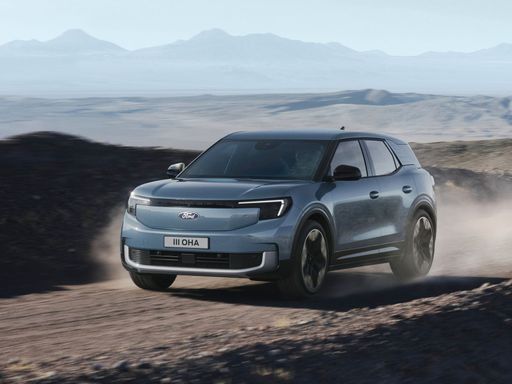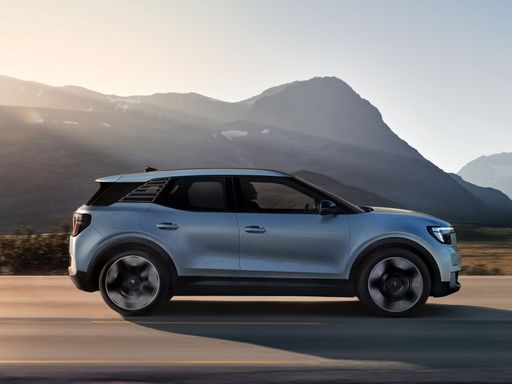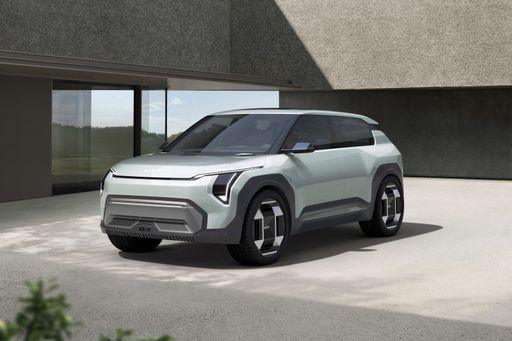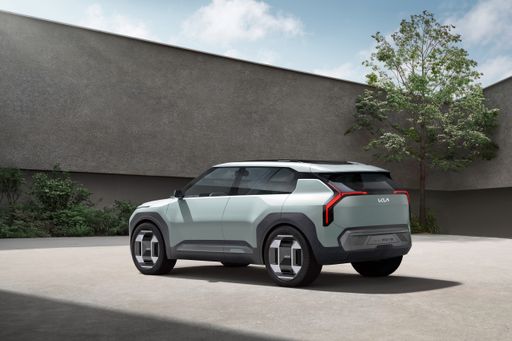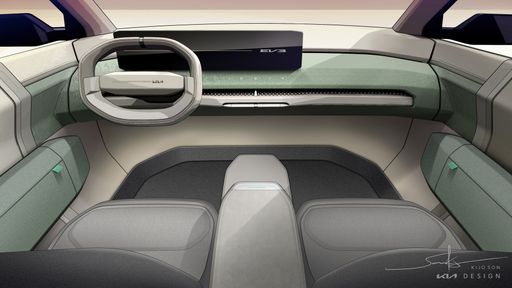City Tightrope
The Ford strides into town with a confident, grown-up presence that makes other drivers take notice, while the Kia feels sprightlier and more forgiving when you’re threading through traffic or squeezing into a tight spot. Both deliver easy visibility and a lightness to daily maneuvers, but they choose different personalities — one leaning toward composed reassurance, the other toward nimble pragmatism. For commuters who judge a car by how it behaves in stop‑and‑go life, these are two distinct answers to the same question, depending on whether you prefer a bold stance or effortless ease.

